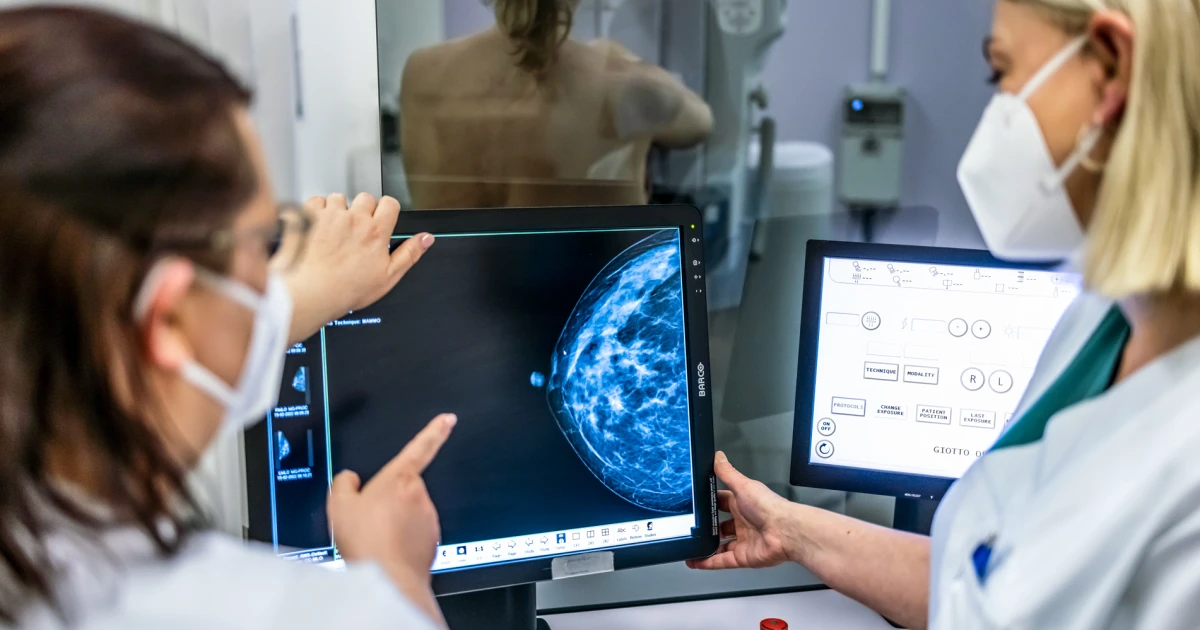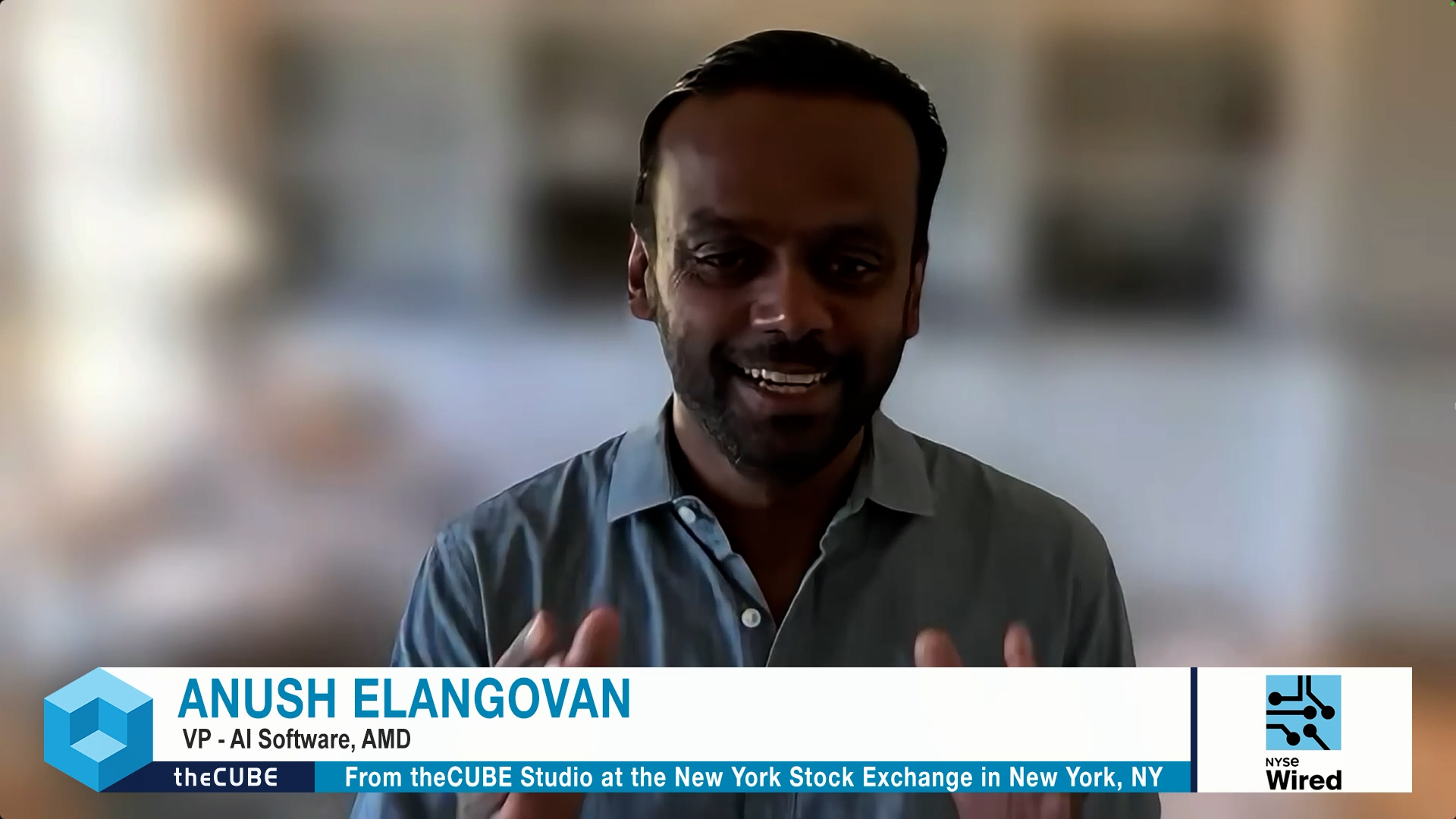Copyright forbes

Daniella Rus pictured at MIT CSAIL Daniella Rus From a billion miles away, Earth appears as nothing more than a pale blue speck of dust, seen only through a shaft of sunlight. "Look again at that dot," Carl Sagan wrote. "That's here. That's home. That's us." It's a quote that many might seem liken to scientific meandering." Yet for Daniela Rus, a globally renowned leader in Robotics and Director of MIT's Computer Science and Artificial Intelligence Laboratory (CSAIL), it's her mission statement. "We are an extraordinary species on an extraordinary planet," she told me. "As we build intelligent machines, we have to remember our responsibility to humanity, to the planet, and to the future." For decades, the world's most powerful AI labs have been defined by men, machines, and monumental scale. Daniela Rus is writing her own version of this story. As the first woman to lead MIT's storied CSAIL, she's bringing empathy into engineering and proving that responsibility is as radical and as commercially attractive as unguarded innovation. With her latest venture, Liquid AI, raising a landmark series A, Rus is betting that the future of intelligence isn't about building bigger brains in the cloud, but smarter, kinder ones at our fingertips. I spoke with Daniela Rus about how she views this pivotal moment in technology, the narrative around machines replacing humans, and how she's working to build systems that, above all else, remind us of what it means to be one. MORE FOR YOU From Bucharest to the MIT Brain Trust Rus was born in Communist Romania under Nicolae Ceaușescu's regime. "Our world was small," she shares. "But books like Jules Verne's Twenty Thousand Leagues Under the Sea, Around the World in Eighty Days, let me fantasize about a different life." Like many women leading the charge in the AI space, Rus is an immigrant. She emigrated to the United States with her family in 1982. As a child, she loved space and solving problems, so naturally, she studied computer science and mathematics, with a minor in astronomy. "I loved stargazing and thinking about the history of the universe and decided to pursue a PhD exploring how computation interacts with the physical world," she recalls. For Rus, it has always been about using math and computing to understand the mystery that surrounds us. "Digital computation is clean," she said. "But in the physical world, everything is messy. It's continuous, uncertain, and embodied. That's where new models of intelligence are needed." At her lab, the questions aren't just how robots move, but why. What began with soft robotics and self-driving cars has evolved into something far more ambitious: a new generation of artificial intelligence that might finally grasp context, and most importantly for Rus, the power of consequence. Robots -Inventing the Liquid Mind Ramin Hasani Co-founder & CEO. Mathias Lechner Co-founder. Alexander Amini Co-founder & CSO. Daniela L. Rus — Co-founder and Chief Scientist Among the most radical breakthroughs to emerge from MIT CSAIL is Liquid AI, a startup born from the lab’s pioneering research on liquid neural networks. Co-founded by Rus alongside Ramin Hasani, Mathias Lechner, and Alexander Amini, all former CSAIL researchers and lab colleagues, the company founded in 2023, has already raised $250 million in Series A funding led by AMD, valuing it at roughly $2 billion. What began as an experiment inspired by a humble worm — a creature with only 302 neurons yet an extraordinary capacity to adapt — has evolved into a venture redefining the boundaries of artificial intelligence. The team's liquid neural networks mirror the worms' same natural efficiency, applying the core scientific principle of cause and effect, which can adjust to changing environments and run on the edge rather than the cloud. Having recently closed a $250 million Series A led by AMD, now valuing the company at $2 billion, Liquid AI is proving that smaller, smarter systems can compete with the biggest models in the world. "It can find creative solutions," Rus says. "If it encounters an obstacle, it doesn't go around, it pushes it away." The result is systems that are interpretable, energy-efficient, and fast enough to run anywhere. "We realized this was something the world needed. Years ago, we asked: Could we design AI that runs on a device, not in the cloud?" she explained. "If your car is driving 60 miles an hour, you can't wait ten seconds for the cloud to tell you what to do." That simple observation now defines Liquid AI's philosophy: building intelligence that's interpretable, energy-efficient, and capable of making real-time decisions without brute-force computing. As Rus puts it, "We're proving that progress doesn't have to mean more. It can mean smarter." Smarter, Not Bigger: The Economics of Private Edge AI For years, AI progress was measured in model size and server spend. "That pushed intelligence toward industrial-scale infrastructure," Rus said. "But I don't think the future of AI rests on size alone." Daniella Rus Professor MIT CSAIL Daniella Rus She envisions a different trajectory, one defined by capability, adaptability, and energy efficiency. "Private edge AI moves computation from distant servers to the devices in our hands, homes, and workplaces," she says. "It empowers people and organizations while reducing cost, latency, and energy use." While humanity is a key motivator for Rus, the economic implications are undeniably profound. "When intelligence is decoupled from centralized data centers, innovation redistributes," she said. "It's like the shift from mainframes to personal computers. It moves value from infrastructure providers to everyone else." If cloud-scale AI was the industrial revolution, Liquid AI is the personal one. Imagine models that run locally on your phone, your glasses, even your suitcase. "It's extraordinary," Rus said. "We haven't begun to imagine what becomes possible when intelligence is truly everywhere, and private." The Most Radical Robot of All Talking with Rus feels like toggling between cosmic wonder and engineering precision. One moment she's invoking Sagan; the next, describing how on-device intelligence could restore autonomy for a visually impaired person. "We once built a navigation system for Andrea Bocelli," she said. "It mapped self-driving technology onto wearables so he could move safely through unfamiliar spaces. Now imagine that powered by edge AI." For Rus, technology's purpose isn't dominance; it should be above all about human dignity. "With robots, we can amplify strength and precision," she said. "With AI, we can amplify cognition, creativity, empathy, and foresight. These tools should help us become better versions of ourselves." The Intelligence We’re Missing: Women in AI When asked about the gender gap in AI, Rus doesn't sugarcoat the reality. "The barrier starts early," she said. "Boys and girls aren't encouraged to have the same big aspirations. Too often, girls get subtle signals that these paths aren't for them, and that compounds over time." Her fix is deceptively simple: normalize ambition. "We need to celebrate girls who say, 'I want to be a roboticist, an astronaut, an engineer.' When participation is equal, we don't just change statistics; we change outcomes. We expand the pool of creativity our field depends on." She reinforces this message with her female students, "If you're the only woman in the room, it doesn't mean you don't belong. It means you're a pioneer. Prepare. Excel. Don't let self-doubt silence you. Take up space unapologetically. You are shaping one of the most important conversations of our time." The Pale Blue Dot, Reimagined As our call ended, Rus circled back to that speck of light. "We're the only species aware enough to build these extraordinary tools," she said. "That awareness comes with responsibility, for each other, for our planet, for the generations to come." For Daniela Rus, AI isn't about human redundancy. "The goal isn't to make machines more human," she said. "It's to make humanity more thoughtful." The rest, she argues, is just code. Editorial StandardsReprints & Permissions



